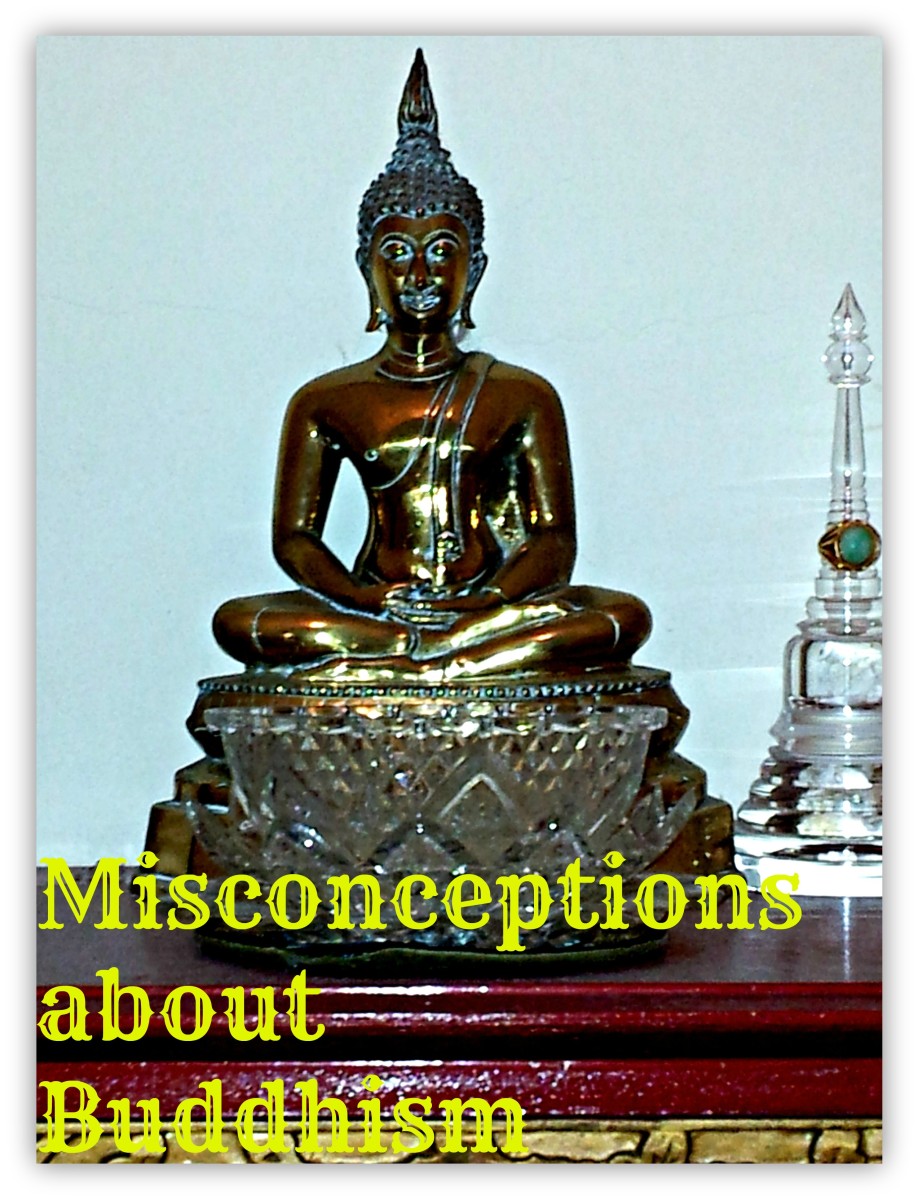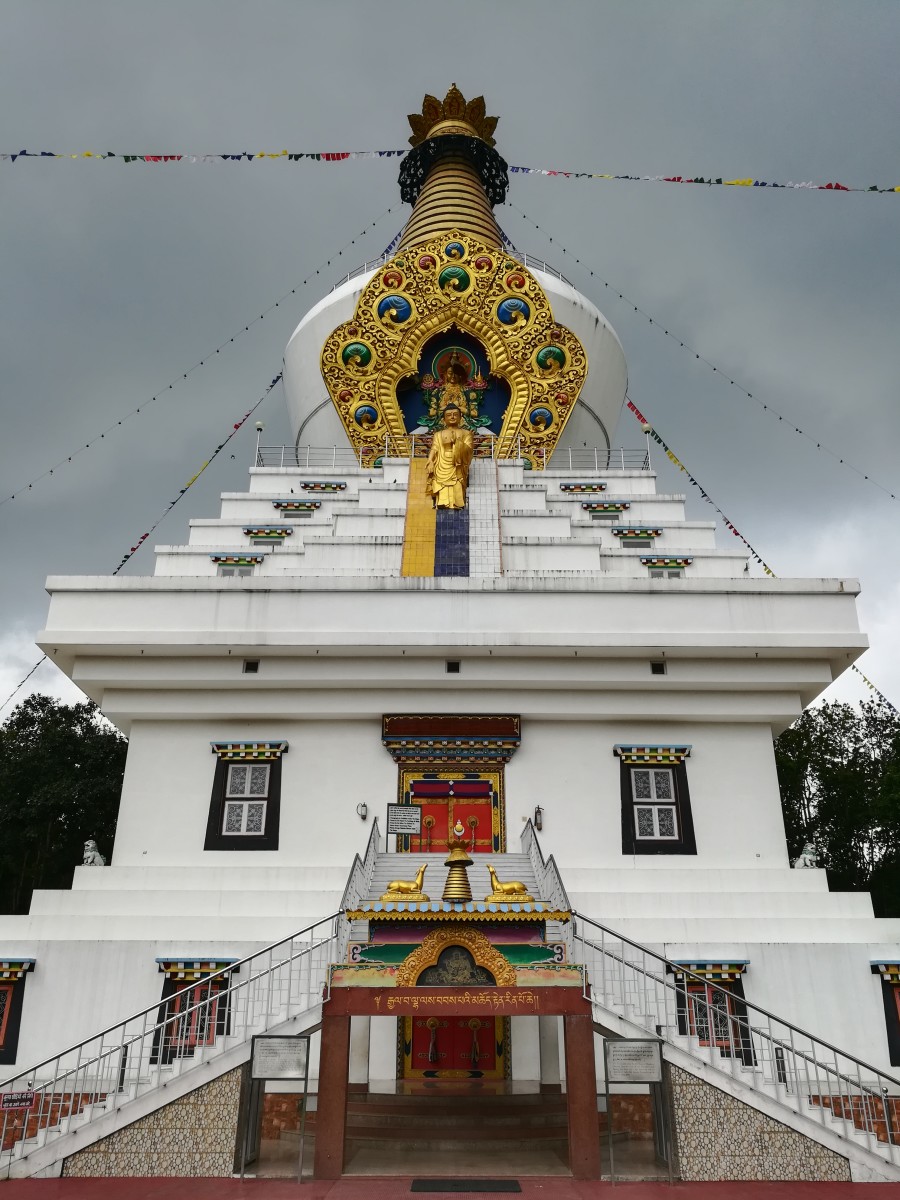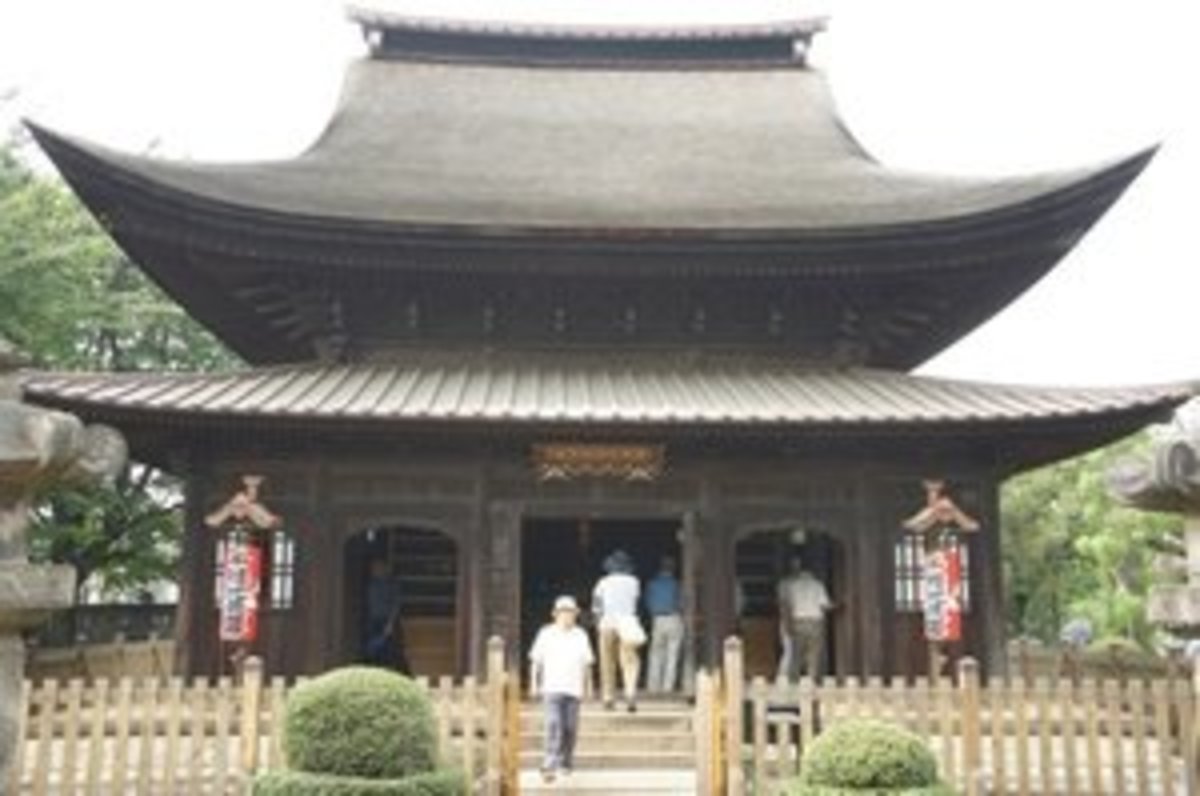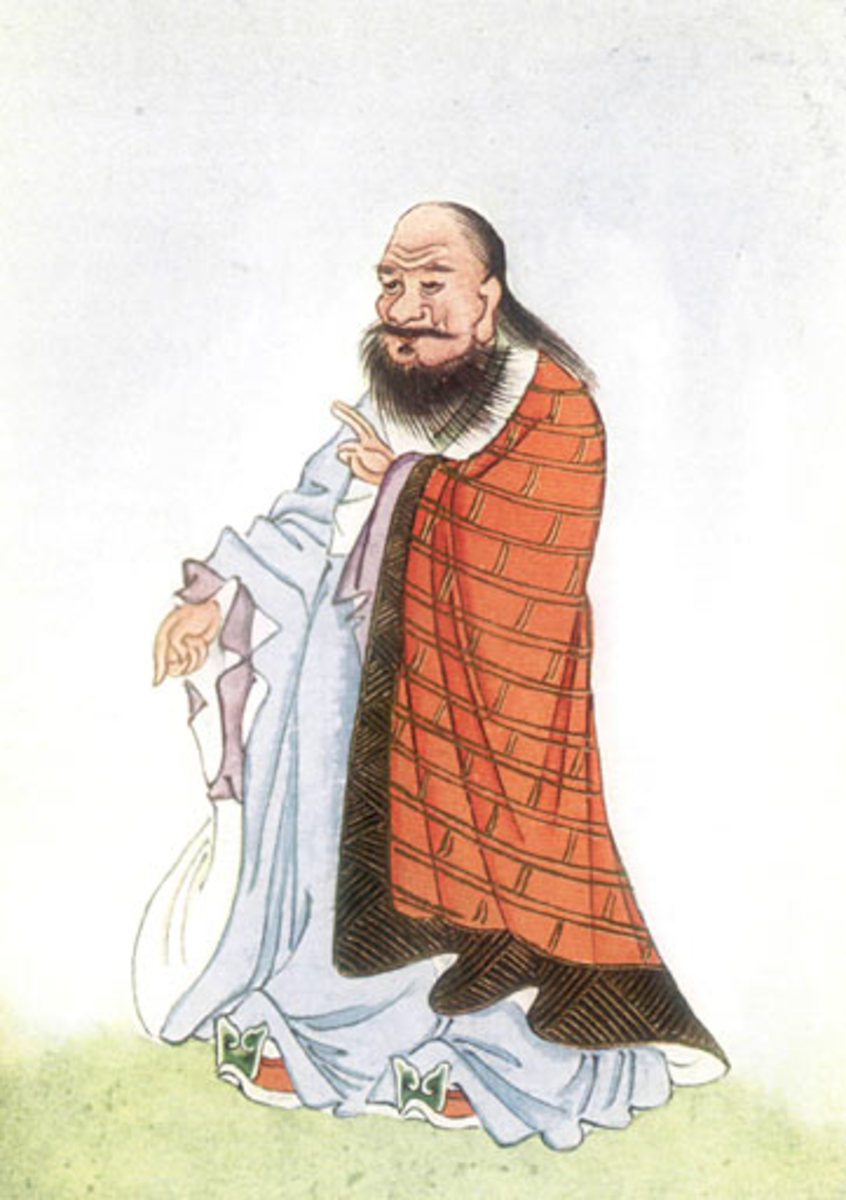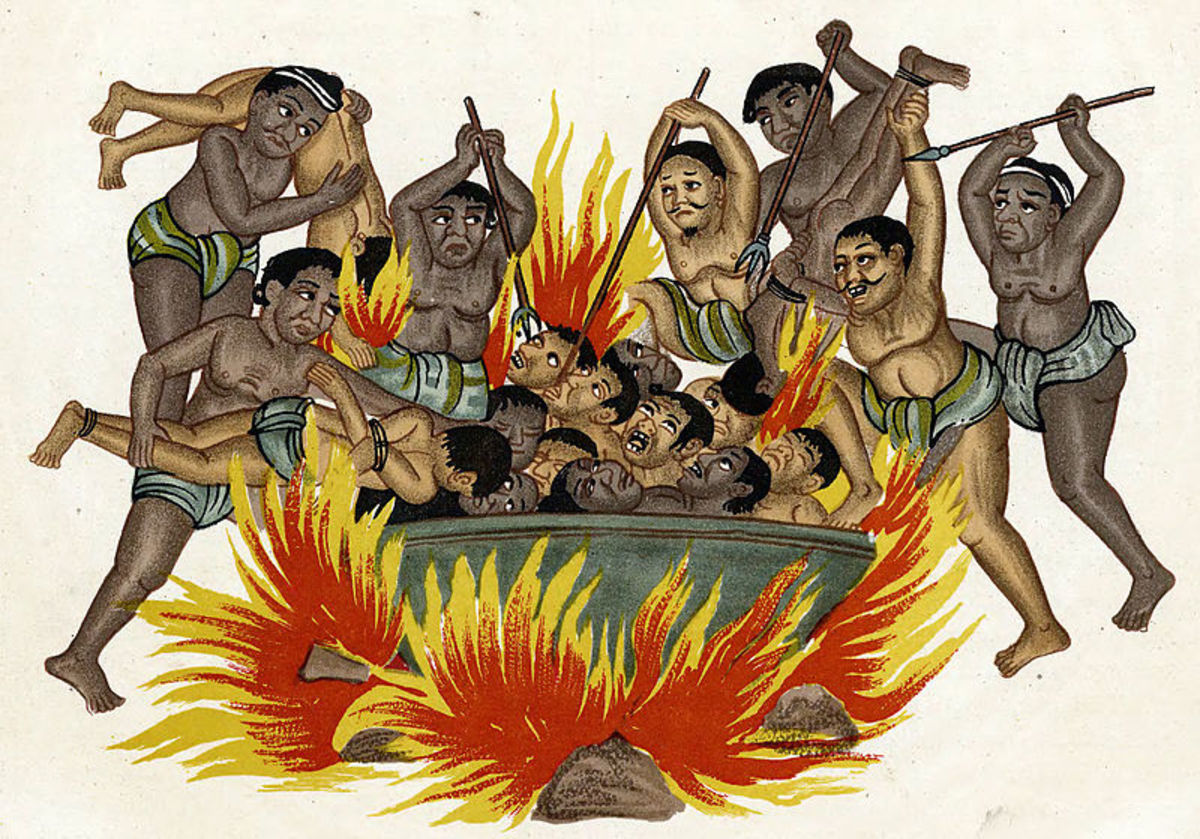Japanese Hongaku
Daibutsu
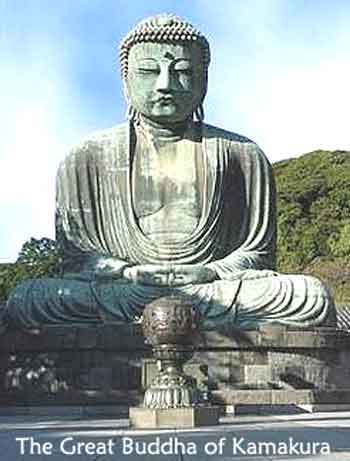
The Japanization of Buddhism
All Buddhisms are not equal. I learned that this past semester in a course on Japanese Religion. Since I could literally write an entire book on all the things that make Japanese Buddhism different from Chinese and Indian Buddhism, I will use this hub to focus on a tiny aspect of Japanese Buddhism, which is hongaku, or original enlightenment.
Original enlightenment is basically the potential for enlightenment in unenlightened beings. With that said, the influence of hongaku in Japan during the medieval period can be seen best in the context of the different schools of thought that emanated from schools such as Tendai and Shingon started by Saicho (767-822) and Kukai (774-835) respectively. For a better understanding of how exactly hongaku is responsible for the process that turned Buddhism into something very Japanese I will highlight practices born from this original enlightenment thought process. A great place to start is with the different interpretations of the Lotus Sutra.
Books on Hongaku and the Lotus Sutra
The Lotus Sutra
The Lotus Sutra is the central scripture of the T’ien-t’ai school and is deeply rooted in Madhyamaka thinking. As the founder of the Tendai school of thought in Japan Saicho relied heavily on exoteric teachings, or kengyo, and specifically the Lotus Sutra. Saicho’s dream was to incorporate the four traditions—the T’ien-t’ai, Zen, esoteric Buddhism, the bodhisattva precepts, and later the addition of the nembutsu—all in one unifying spirit. That spirit, he claimed, was summed up within the Lotus Sutra. Essentially, Saicho took an element from Buddhism that he could interpret into something that could translate easily to the Japanese, hence the Japanization of Buddhism.
Another example is Ennin's interpretation of the Lotus Sutra. He suggested that Buddhism was encompassed in “one great perfect teaching," and that teaching was the Lotus Sutra. Annen, another Buddhist, further helped this idea out in his Shingonshu kyoji gi where he asserted that not only are all teachings one, but all Buddhas, times and places are one, as well.
In the thirteenth century, Dogen’s reading of the Lotus Sutra represented the Japanese world view of earth, space, and time—an influence from Kamakura Tendai. “The world abides forever,” is a verse from the Lotus Sutra but its Japanese interpretation is tied closely to the four seasons. The poetic motto that resulted from this was, “Bloom and bloom, this is eternity; fall and fall, this is eternity.”
Nichiren also had his own Japanese insight into the Lotus Sutra—merely reading it was like an encounter with Sakyamuni himself, face to face. Another understanding Nichiren had of the Lotus Sutra was, “…even to read one letter is by that very act also to include eighty thousand chambers of letters, and to receive the merits of all the Buddhas.” He derives this notion that ‘one contains all’ from a Mahayana tradition expounded in the Avatamsaka Sutra, and developed by Chinese and Korean Buddhist commentators. For Nichiren, “one thought encompassing three thousand realms,” or ichinen sanzen, was the most important principle of Buddhism, and something he equates with the five characters of the title of the Lotus Sutra—Myoho-renge-kyo.
Different Interpretation, Different Salvation
What we can know for certain is that one Buddhist scripture, the Lotus Sutra, remained central to the Tendai teachings. Although interpreted differently at different times and by different Japanese Buddhists, this only reaffirms its importance within hongaku and the evolution of Japanese Buddhism. The fact that it was “re-invented” through interpretation throughout the centuries, every time offering a new way to salvation, demonstrates how hongaku, or “original enlightenment” was, as Jacqueline Stone said, an “aspect of conventional deluded consciousness.” Conveniently so, each new interpretation seemed to fit in nicely with the general concern of the times. This had a huge impact on Kamakura Buddhism.
Shinto Influence
There were other ideas and thought processes that influenced and changed Buddhism in Japan. Shinto (kami worship), of course, not seen as a religion at all by the Japanese, but as the natural way of things, had a major influence on Buddhism. One text retrospectively attributed to Kukai, suggests that there were three categories of kami: kami of original enlightenment (hongaku), kami of nonenlightenment (fukaku), and kami of acquired enlightenment (shikaku). This new concept influenced how the unities of kami and Buddhas or bodhisattvas were understood. Honji suijaku, for example,is a doctrine that identifies kamias traces of the Buddha. In other words, it was the belief that kami were actually manifestations of Buddhas and bodhisattvas.
An example of a kami that was a manifestation of a Buddha was Sakyamuni. Initially as a kami of Hie, in the early fourteenth century the kami of Hie became embodiments of Dainichi. In other words, all sentient beings exist only in the meditation of Dainichi. This also allowed for the Japanese archipelago to become the “Original Land of Dainichi,” or Dainichi Hongaku. The idea that Japan was a representation of Dainichi’s Dharma realm was embraced. In doing this the assertion was made that Japan was now the center of Buddhism, not India or China.
"New" Kamakura Buddhisms
While Tendai Buddhism was at the center, Kamakura Buddhisms were at the periphery. In the twelfth century Buddhisms for the common people had evolved from the hongaku principles seen in earlier, medieval times. These new forms of salvation still relied on earlier ideas, but were simplified to just one verse or action that could theoretically guarantee enlightenment. Six religious leaders were responsible for this new trend in Buddhism: Honen (1133-1212), Shinran (1173-1262), Ippen (1239-1289), Eisai (1141-1215), Dogen (1200-1253), and Nichiren (1222-1282).
Honen, Shinran and Ippen used the nembutsu as their mode to salvation. As the founder of the jodo or pure Land sect, Honen was the first to promote the exclusive practice of the nembutsu. Shinran was a disciple of Honen and carried out his enthusiasm for the practicing of the nembutsu but with two added elements: akunin shoki, or the conviction that evildoers were the principle object of Amida’s compassion, and tariki nembutsu, or the doctrine of other power. By “other power” he meant Amida’s absolute power and human’s absolute lack of power. This was Shinran’s unique contribution to Japanese Buddhism and traditional nembutsu practice. Finally, Ippen, who was highly ascetic, advocated self-power practice. He started by proselytizing the nembutsu and distributing talismans, but as a hijiri, dancing was another mode of expressing the salvation powers of the nembutsu. Reciting the nembutsu, according to him, could be reduced to merely saying, “Namu Amida Butsu.” That was all it took for one’s mind, actions, thoughts and words to belong to Amida.
Eisai and Dogen took a much more physical approach to their salvation. Although a Tendai priest, Eisai was the one responsible for introducing Zen to Japan. He was greatly opposed by Tendai scholars and eventually moved to Kamakura where the shogunate and warrior culture embraced his teachings. Things like drinking tea to promote one’s life and chanoyu, or the tea drinking ceremony, were supported by the shogunate in Kamakura. Then later in the thirteenth century the Soto sect of Zen was founded by Dogen, who was influenced greatly by the impermanence of all things. He introduced the practice of zazen and claimed that shikan taza, or seated meditation, was the highest and best mode to salvation. He dismissed the practice of the nembutsu as a mode of salvation, and rejected the idea that Japan was in the period of Decay of Law, or mappo.
And, as stated before, Nichiren's mode to salvation was the Lotus Sutra.
Conclusion
I've only touched the tip of the iceberg here. There are many more aspects to hongaku than I can fit into one tiny hub. For more information I highly recommend Jacqueline Stone's books and articles as she seems to be the expert on this subject right now. I used one of her books to write this article. It is cited below. Japanese Buddhism is vast, and can take you a lifetime to understand. While I am an atheist, myself, I love to learn about other religions because it solidifies the reasons why I am an atheist, but if Buddhism is your path to enlightenment, I hope I offered you a good start.
References
Kitagawa, Joseph, M. “The Buddhist Transformation in Japan.” History of Religions Vol. 4, No. 2, Winter 1965, pp. 319-336
Stone, Jacqueline, I. Original Enlightenment and the Transformation of Medieval Japanese Buddhism. Honolulu: University of Hawaii Press, 1999.
More on Japanese Buddhism
- The Different Japanese Buddhas
A summary and explanation of the six most popular Buddhas of Japan and their origins. - Pure Land Buddhism | Relijournal
Within Japanese Buddhism there were several Buddhist practices. In Medieval Japan, the Pure Land was one of them.


